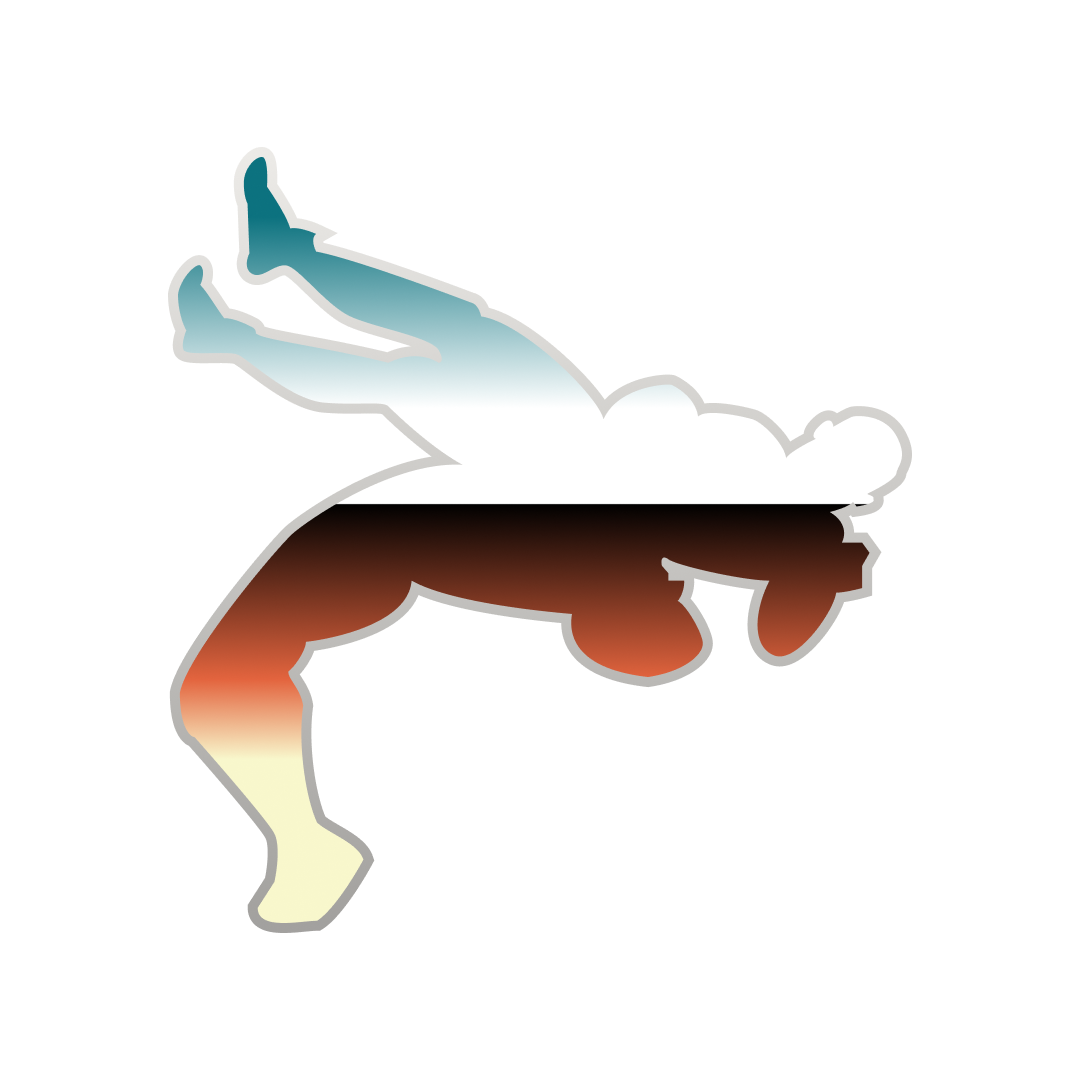Antonio Inoki, 1943-2022
(Credit: AP)
It’s fitting in a fucked up, weird kinda way that Antonio Inoki died in 2022. If this year has taught us nothing else, it’s that the way we conceptualized professional wrestling by its biggest designers has come to an end. Now clearly, Vince isn’t dead, but only in his death could you see his hands not on the WWE product. But for his eastern counterpart and fellow visionary, Antonio Inoki, we have a man who’s imprint and legacy is so strong that perhaps his influence will never wane. And that’s where those comparisons with his western equivalent end, as Inoki was revered in Japanese society in a magnitude that McMahon could never, and will never reach. Inoki was a national sports icon in his country in a way that we could compare with Babe Ruth or Michael Jordan. Inoki was an elected official for two stints and known as a humanitarian for negotiating hostage releases.
It’s difficult to know where to start to place his life in any neat summation. Antonio Inoki arguably lived two or three lives in his 79 years. I can only begin with his greatest influence, his invention of strong style, the preferred genre of wrestling for Wrestling Elitists. Strong style was also Inoki’s belief that he had the most legitimate fighting style in combat sports, and he spent decades promoting matches between wrestlers and all different disciplines of fighters, which in itself, indirectly led to Inoki being one of the rightful architects of Mixed Martial Arts.
Inoki’s greatest claim to fame was his fight against Muhammad Ali in 1976. The match, deemed a complete dud and a farce in the west, but in the rest of the world, was allegedly viewed by over a billion people. Watching it after Inoki’s passing, in all honesty, I could only stomach a few rounds before it became too dull to finish. Who knows if it was supposed to be a work or a shoot or a worked shoot (there could be a great ESPN 30 For 30 on the fight itself for another day) but it Inoki made a point to stay on his back virtually the entire fight. From primarily a crab position, Inoki would just dive in and kick the shit out of Ali’s legs. You get the sense Ali thought it would be a bit of a show and that he’d get to have some fun at Inoki’s expense, and there’s moments where he does try to save face by hoping around in the corner and endlessly shit talk, but his legs took an absolute severe pummeling, so brutal, that there was scuttlebutt that that’s what caused him to lose a step in the ring and eventually retire, much less that the swelling and blood clots in his legs risked amputation. Who knows what was real and what was bullshit there, but the draw finish made Inoki look like he belonged in Ali’s class as an athlete in his world.
I’d be full of shit if I said that I was a big fan of Inoki’s in-ring work. I’ve always been a greater appreciator of his myth, seeing him between the ropes in the context of a wrestler of his time, not unlike a Nick Bockwinkel or Bob Backlund or Jack Brisco—wrestlers I know that were great for their time in the 1970s but have been passed by.
When I did enjoy Inoki the most, was when he lost, as his losses were on the scale of say, The Undertaker losing the streak. Take his defeat to a AWA era Hulk Hogan in 1983 to decide the first IWGP champion. It’s a fun match to watch not only for Hogan’s wrestling ability you never got to see in America, but how much a countout victory can look like a career killer with the right bump (in this case, a clothesline to the outside that knocked Inoki “unconscious”). Inoki sells like the stretcher-job of all stretcher-job and even in Japanese, the match translates to a collective shock that leaves the audience in hysterics. Also crazy to watch, is his squash defeat to Vader on December 27th, 1987. It’s Vader’s debut in NJPW, and he takes advantage of Inoki whom already wrestled. Vader completely ate Inoki alive and caused a legitimate riot in Sumo Hall. It’s the squash match that made squash matches the effective way to create new monsters on rosters.
Outside of the ring, Inoki’s politics read like tall tales as he’d use wrestling as a means to try to make pace with the worlds most notorious and brutal dictators. He staged the largest professional wrestling show in history with a joint production with WCW and North Korea for Collision in Korea, that had—most certainly not willingly—over 350,000 fans in attendance in May Day Stadium over the course of two days. Inoki negotiated with then powerful, pre-Gulf War head of Iraq, Saddam Hussein, for the release of Japanese hostages for a wrestling show. Inoki once even put it out there that he would have a shoot with Ugandan dictator Idi Amin!
There’s crazy things to learn about him and I’m certain more great stories will surface in the weeks ahead. In the interim, please visit New Japan World to watch some of Antonio Inoki’s career highlights. NJPW posted his matches for free to celebrate his legacy and contribution to wrestling.
(Credit: NJPW)
Follow us on Twitter @ https://twitter.com/WrestleElitists



